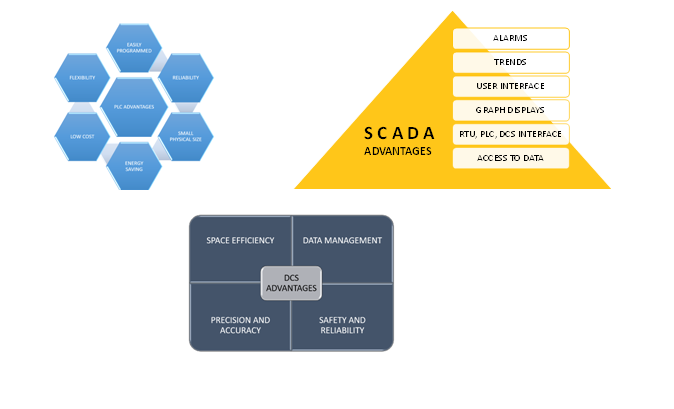The oil and gas industry are a complex and demanding sector that plays a pivotal role in meeting global energy demands. To stay competitive in this challenging landscape, companies are turning to industrial control automation solutions to optimize operations, enhance productivity, and ensure safety and compliance. In this blog, we will explore the various ways in which control automation is revolutionizing the oil and gas industry, focusing on offshore operations, small distribution plants, batch filling, tank lorry filling, plant safety, SIL certifications, and Class 1 Division 2 instruments.
Optimizing Offshore Operations with Control Automation
Offshore operations in the oil and gas industry present unique challenges due to the harsh and remote environments in which they operate. Control automation plays a vital role in optimizing these operations, ensuring safety, efficiency, and reliability. Automation systems are utilized to monitor and control critical processes on offshore platforms, such as drilling, production, and safety systems. These systems integrate various sensors, actuators, and control devices to enable real-time monitoring and control. They provide operators with essential information about process parameters, equipment performance, and safety conditions, allowing for timely decision-making and proactive maintenance.
Automation systems, such as Programmable Logic Controllers (PLCs), Distributed Control Systems (DCS), and Human-Machine Interfaces (HMIs), play a crucial role in optimizing offshore operations in the oil and gas industry. These systems leverage advanced technologies to monitor and control critical processes on offshore platforms, ensuring safety, efficiency, and reliability. By integrating sensors and control devices with PLCs and DCS, operators can access real-time data and control various equipment and processes. HMIs provide the interface through which operators interact with the automation systems, displaying vital information and allowing for intuitive control and monitoring. This integration of PLCs, DCS, and HMIs enables seamless control, monitoring, and decision-making on offshore platforms, contributing to the overall success of offshore operations.




